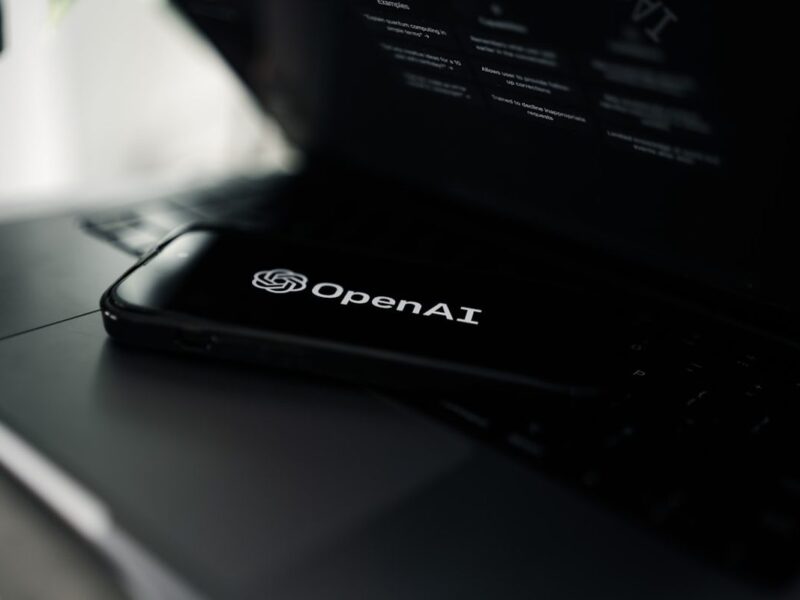Chinese startup Z.ai, formerly known as Zhipu, released a new open-source AI model, which the company asserts operates at a lower cost than DeepSeek.
Z.ai introduced three distinct models as part of this release. The flagship offering is designated as GLM-4.5. Alongside this, a more lightweight version, named GLM-4.5-Air, has been made available. The third model, GLM-4.5-Flash, is provided without cost and is specifically engineered for coding tasks, reasoning capabilities, and various agent-based applications.
While these models share functional similarities with offerings from American technology companies such as OpenAI, Google’s Gemini, and Anthropic’s Claude AI, a key distinction lies in the complete open-source nature of GLM-4.5. This open-source attribute differentiates it from several proprietary models currently available in the market.
Z.ai is identified as one of several “AI tigers,” a term referring to Chinese artificial intelligence companies that receive backing from the Chinese government. The introduction of GLM-4.5 contributes to a substantial volume of large-language models (LLMs) originating from China. Records indicate that GLM-4.5 is one of 1,509 large-language models released by various Chinese AI companies within recent months.
While a number of these models, including GLM-4.5, offer open-source systems for development and integration, certain considerations may influence their adoption by users in Western countries. One primary concern involves data transmission protocols, as models like DeepSeek have been observed to transmit user data back to China. This practice raises privacy implications, particularly given the geopolitical dynamics between the United States and China.
OpenAI’s Global Affairs team previously issued a warning regarding Z.ai and other similar Chinese startups in a public report. The sustained advancements by Chinese AI companies have also prompted policy responses in the United States. The Trump administration, for instance, released “America’s AI Action Plan.” This document outlines strategies aimed at maintaining the United States’ leadership position in artificial intelligence development.
The plan’s objectives include reducing regulations deemed unnecessary for AI companies and integrating AI technologies more extensively across governmental operations. These measures are designed to foster innovation and reinforce America’s competitive edge in the global AI landscape.
Observations concerning other Chinese AI models, such as DeepSeek, indicate capacities for censoring content related to China. This aspect suggests that AI models like GLM-4.5 may encounter limitations in achieving widespread adoption across Western regions, predominantly due to concerns regarding data privacy and content censorship. Advocacy has emerged, recommending that users exercise caution or avoid the use of DeepSeek and similar models. Despite GLM-4.5 being an open-source model, the degree of control afforded to users concerning the collection and utilization of their data remains limited.
This issue is not exclusive to Chinese AI models; many AI models, regardless of their origin, retain user data and frequently employ it for model training purposes. While certain privacy-focused AI models, such as Proton’s Lumo chatbot, have been introduced, a comprehensive solution to the broader challenge of data retention by major technology companies has not yet materialized. The significant economic value attributed to consumer data by large technology corporations suggests that this practice is unlikely to undergo fundamental changes in the near future.
Below are the shared benchmarks:
| Benchmark | GLM-4.5 | GLM-4.5-Air | o3 | o4-mini-high | GPT-4.1 | Claude 4 Opus | Claude 4 Sonnet | Gemini 2.5 Pro | Qwen3 235B Thinking 2507 | DeepSeek-R1-0528 | DeepSeek V3 0324 | Kimi K2 | Grok 4 |
|---|---|---|---|---|---|---|---|---|---|---|---|---|---|
| TAU-bench-Retail | 79.7 | 77.9 | 70.4 | 65.6 | 75.1 | 81.4 | 80.5 | 77.0 | 71.9 | 63.9 | 74.7 | 73.9 | 76.5 |
| TAU-bench-Airline | 60.4 | 60.8 | 52.0 | 49.2 | 48.8 | 59.6 | 60.0 | 48.0 | 58.0 | 53.5 | 40.4 | 51.2 | 58.4 |
| BFCL v3 (Full) | 77.8 | 76.4 | 72.4 | 67.2 | 68.9 | 74.4 | 75.2 | 61.2 | 71.9 | 63.8 | 64.7 | 71.1 | 66.2 |
| BrowseComp | 26.4 | 21.3 | 49.7 | 28.3 | 4.1 | 18.8 | 14.7 | 7.6 | 4.6 | 3.2 | 1.5 | 7.9 | 32.6 |
The release of Z.ai’s new model illustrates the rapid pace of evolution within the field of artificial intelligence and highlights the accelerated progress made by nations such as China in narrowing the technological lead previously held by the United States. This development has the potential to incentivize American companies, including OpenAI, to enhance their existing AI models and to encourage emerging startups to pursue similar advancements in their respective offerings.

